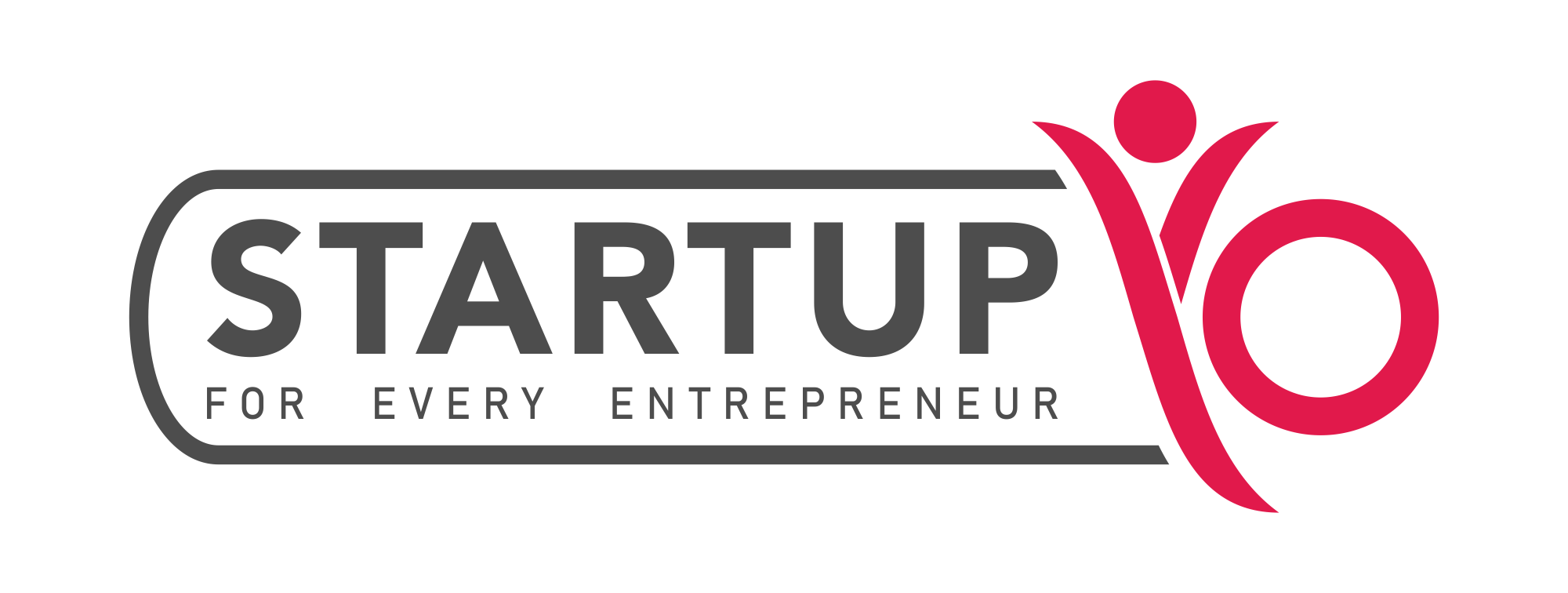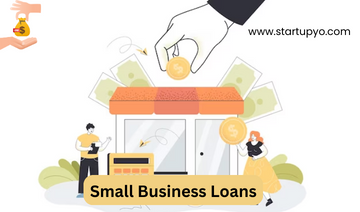Overview of Business Loan in Central Bank of India
In today’s increasingly competitive business climate, women are venturing into new fields and expanding their entrepreneurial horizons. We are seeing women participate equally in our country’s economic, financial, and social advancement. They are willing to face uncertainty and have clearly defined aspirations. Most women-owned businesses are disorganized and confined only to the agricultural sector, where prospects are bleak at best.
As part of its empowerment drive for Women Entrepreneurs, Central Kalyani is one of the numerous initiatives undertaken by the Indian Government. Women entrepreneurs who qualify can access these services without collateral or processing fees.
The remainder of this article outlines the objectives, functionalities, qualifiers, and statistics associated with this scheme.
Central Kalyani from the Central Bank of India
In our country, most of the economy revolves around Micro, Small, and Medium Enterprises (MSMEs). Both manufacturing and service industries in India are largely driven by this sector. Approximately 20 percent of these businesses are owned by women.
Women have benefitted from a number of Government Programs. Having achieved financial independence, they are now able to enter the fiercely competitive sphere of business, something deemed impossible just a few years ago. In India, the government is supporting Women Entrepreneurs in a number of sectors with aid, advice, and training as part of an initiative. Offering financial assistance, counseling, and training with the sole aim of improving the management of their businesses.
In view of the information above, it becomes evident that the Indian government has persistently worked towards building skills, creating jobs, and reshaping women’s roles outside their comfort zone.
Read More: Business Loans and Top 14 Types of Business Loans
Objective
Among the many benefits offered under the Cent Kalyani Scheme is to cater to Women Entrepreneurs and help them through various government priorities such as offering them job opportunities, loans, subsidies, etc. The intent of this scheme is to provide women with the opportunity to launch new companies and build upon existing ventures. It will benefit Women Entrepreneurs in rural towns, artisanal businesses, small and medium businesses (MSMEs), self-employed women, government-sponsored projects, and employees of retail establishments, among others.
Help the industrialization of underprivileged areas with low capital costs. Play a part in the development of the country by investing in different areas that require low funding and contribute to local production. In order to help women better manage their businesses, they provide subsidized lending, consulting, and educational programs.
Features
Typically, Women Entrepreneurs who operate MSMEs in the manufacturing and service sectors are eligible for these financing options. Female Professionals and individuals with self-employment also qualify for these sources of funding without any collateral.
Such schemes can be used to start a new business or expand an existing one. It also facilitates employment opportunities in economically disadvantaged areas. These funds can be used in meeting capital investments and the procurement of the necessary machines/equipment.
Read More: How to Get Business Loan in HDFC Bank?
Target Group
Women who own micro, small, or medium businesses will be eligible to apply for Cent Kalyani. It can be newly formed or existing MSMEs. Both manufacturing and service industries are eligible. It includes women in the following roles:
- Children’s daycare helpers
- Salon employees
- Fashion boutique
- Tailoring services
- Handloom weaving handicraft
- Food processing
- Cloth industry
- Professionals (Doctors, chartered accountants, teachers, engineers, and so on)
Non-applicants:
Retail trade/education and training institute and self-help group, NOT eligible.
Qualifying factors include
To qualify for this scheme, companies must meet a revenue ceiling set by the government.
The maximum loan amount is Rs. 100 Lakhs with a margin rate of 20% (The margin rate refers to the amount that the borrower has contributed to the overall amount required in the business.)
The interest rate will be 9.70%
The loan tenure will be 7 years which will include a moratorium period of 6 months to 1-year
Rate of Interest for the Cent Kalyani Scheme
Following is a breakdown of the Interest Rate for the Cent Kalyani Scheme:
Up to 10 Lakhs: The lowest ROI set by the bank (currently at 9.70 %) with 0.25 percent of the loan amount.
Above 10 Lakhs up to 100 Lakhs: The lowest Rate of Interest set by the bank (currently at 9.70 %) with 0.50 percent of the loan amount.
Read More: Axis Bank Business Loan: Features, Benefits, Interest Rates
Concession on the Interest Rate:
A 0.25% interest concession will also be applied if the account is appraised by an independent firm.
Documents Required:
The Cent Kalyani Scheme requires the following documents for application:
- Aadhar Card
- PAN Card
Documents proving residency – property tax Receipt, Recent telephone bills, electricity bills, voters ID
Documentation of business – Profile, Tenancy agreement (if a lease governs a business location)
- Revenue documentation (Balance sheets/Profit and loss account statement)
- Contact information
- Letters of Interest, understanding, continuity, and hypothecation.
Read More: SBI Business/SME Loan: Benefits, Features, Documents, Eligibility
Application process
- Download the application form from the bank’s website.
- Fill out the form and attach all the related documents.
- Visit the nearest Central Bank for submission.
Conclusion
We are far from reaching the potential of becoming globally successful as a nation. In order for any economy to grow exponentially, the participation of women needs to grow along with entrepreneurship. The economic potential of Women Entrepreneurs needs to be taken into consideration if we are to achieve Sustainable Development Goals (SDGs).
Female-owned establishments are comparatively few in number, presenting enormous challenges that are in many ways a lot different from those faced by male-owned establishments.
The Government of India has provided a number of economic schemes to help alleviate their hardship by responding to their needs. Women-owned MSMEs have emerged as global role models for empowering women. Statistically speaking, by 2025, women’s equality is expected to contribute 16 percent to the nation’s GDP. As women have emerged triumphant in fields across the board, their true potential is gradually being recognized and appreciated.
It is essential to take more such steps not only to provide assistance in financial terms but also to provide guidance to women in rural and remote locales. In doing so, they can fulfill their dreams of starting up their own businesses and creating employment opportunities for themselves and other members of their communities.
Disclaimer: The information contained in this article is for general information purposes only. The information is provided by StartupYo (SAB Weblabs Pvt. Ltd). While we endeavor to keep the information up to date and truest to the best of our knowledge, we make no representations or warranties of any kind, express or implied, about the completeness, accuracy, reliability, suitability, or availability with respect to the website or the information, products, services, or related graphics contained on the website for any purpose. Any reliance you place on such information is therefore strictly at your own risk.



